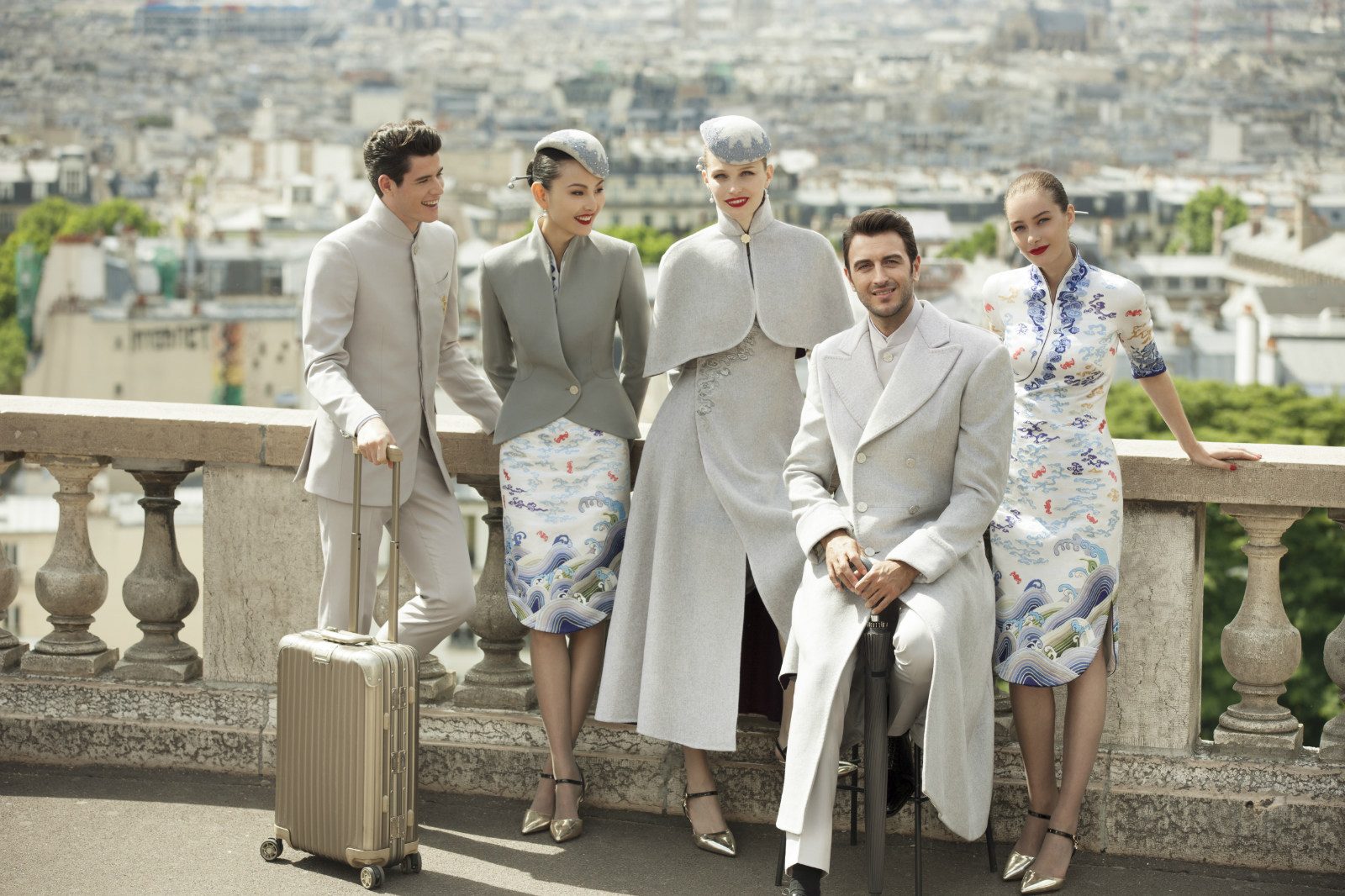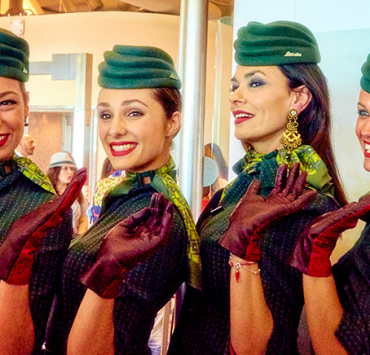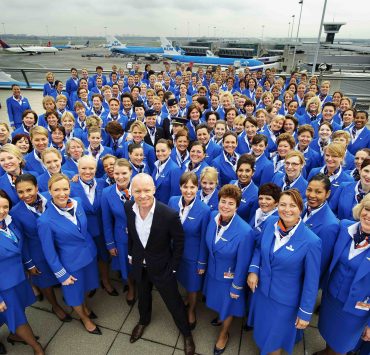
The flight attendant uniform is probably one of the most important branding exercises for an airline – the most visible way to convey it’s image, values and brand goals. And one which will stick in the minds of passengers long after their journey has finished.
Now more than ever, when passengers are checking-in for their flights online, using self-drop bag desks and communicating via social media, a flight attendant is likely to be the first person a passenger see’s who represents the airline.
Whether we like it or not, passengers will judge the airline and the ability of its flight crew based on how their flight attendants look. The right uniform can go a long way to convey trust, quality and experience.
But designing and manufacturing the right uniform is fraught with difficulty. It’s not just a case of hiring a top-end designer and hoping they get the brief right. There’s a careful balancing act between style, trends, practicality and of course, cost to be made.
Over the last two years, we’ve seen several leading airlines embark on this journey. Some have managed to get it right first time, others have experienced a disastrous implementation and every airline has probably found the experience a lot more challenging than they could ever have first imagined.
Back in the 1960’s and 1970’s airlines weren’t nearly as cautious as today. Major carriers saw the benefit in keeping up with the latest trends and recognised the power of a flight attendant uniform to exude the airline’s brand image. But while many airlines used to launch a new uniform every few years, we now see some carriers going decades before committing to a new design.

A case in point: American Airlines managed to go 25 years before unveiling a redesigned uniform. The new look should have been a momentous occasion – heralding in a new era, or as the airline called it: The New American. It marked the final hurdle between merging American with US Airways but the rollout couldn’t have been more of a headache – quite literally.
American quickly discovered that its uniform was causing severe allergic reactions in its flight attendants. Employees complained of suffering from headaches, rashes, hives, burning skin and eye irritation, itching, and respiratory problems. Since the uniform was launched in September 2016, over 4,000 flight attendants have reported reactions to the uniform.
It’s been an expensive mistake for American – the airline has been forced to spend millions of dollars on chemical testing and has been forced to find a new uniform supplier in the form of Lands’ End.
But American isn’t the only airline to have been tripped up like this. Between 2011 and 2014, flight attendants at Alaska Airlines also reported similar health problems after the airline introduced a new look uniform.
The case has recently become the subject of a Harvard University study into the potential health risks posed by chemicals used in the manufacturing of airline uniforms. Of course, chemicals are widely used in the production of clothing – it very rarely causes any problems but manufacturers have failed to take account of the unique working environment that flight attendants find themselves in.

Harvard researchers point out that “harmful compounds” can be released from clothing and other textiles in-flight because of “interactions with ozone.” They also point to a range of other unique factors including “various cabin air contaminants, Circadian rhythm disruption, high occupational noise, as well as changes in pressure, oxygenation, and humidity.”
Yet despite, this extensive analysis, researchers still can’t definitively say what caused reactions such as eye pain, dry eyes and itchy eyes, blurred vision, combined EENT, cough, hoarseness, loss of voice combined lower respiratory, itchy and irritated skin, and rashes and hives.
Other airlines have found a high-fashion designer uniform doesn’t necessarily mean a complete success can be expected. Just because the uniform looks great in the marketing photos, doesn’t mean it will work in the real life world of serving hundreds of passengers in a metal tube.
Controversially, Alitalia has recently announced a complete redesign of its current uniform – less than two years after Etihad Airways bankrolled a new look by Italian Haute couturier Ettore Bilotta. The airline says they have been forced to make the change due to “numerous requests coming from operating staff” in a bid to “provide greater comfort and improve the quality of work for those who wear it every day.”

Etihad Airways is itself redesigning elements of its highly-acclaimed designer uniform – in a bid to make it more practical for staff (apparently female flight attendants who are only allowed to wear a skirt have struggled to bend at the knees) and to bring costs down.
And Delta Airlines has made over 165 changes to its new uniform after an extensive wear and test programme which involving 1,000 staffers before its wider release later this year.
No wonder airlines are more nervous than ever about introducing a new uniform – as the old adage goes, “if it ain’t broke, why fix it?”
Mateusz Maszczynski honed his skills as an international flight attendant at the most prominent airline in the Middle East and has been flying throughout the COVID-19 pandemic for a well-known European airline. Matt is passionate about the aviation industry and has become an expert in passenger experience and human-centric stories. Always keeping an ear close to the ground, Matt's industry insights, analysis and news coverage is frequently relied upon by some of the biggest names in journalism.









